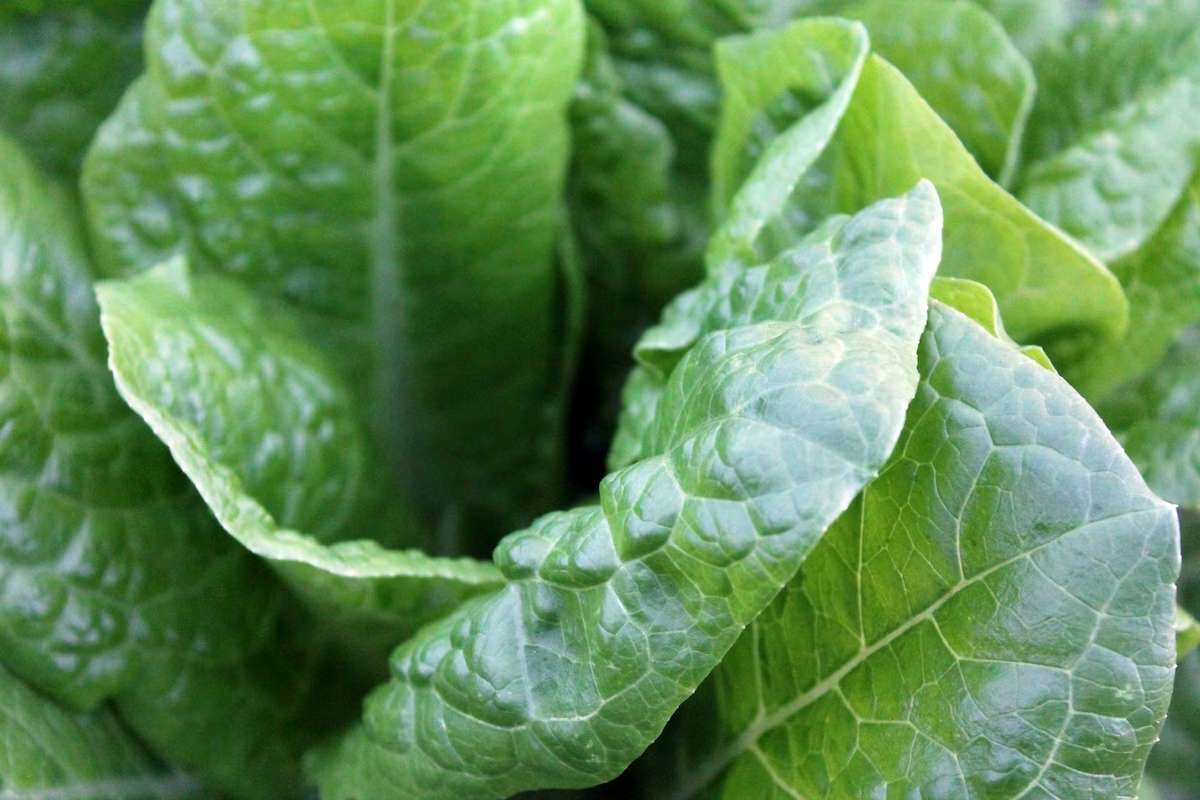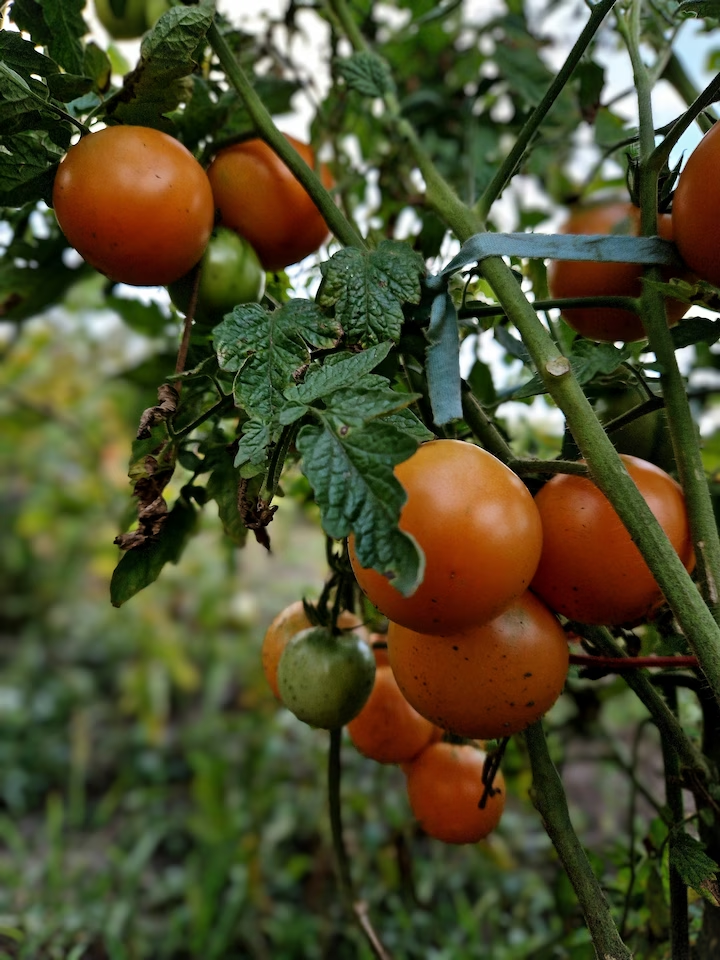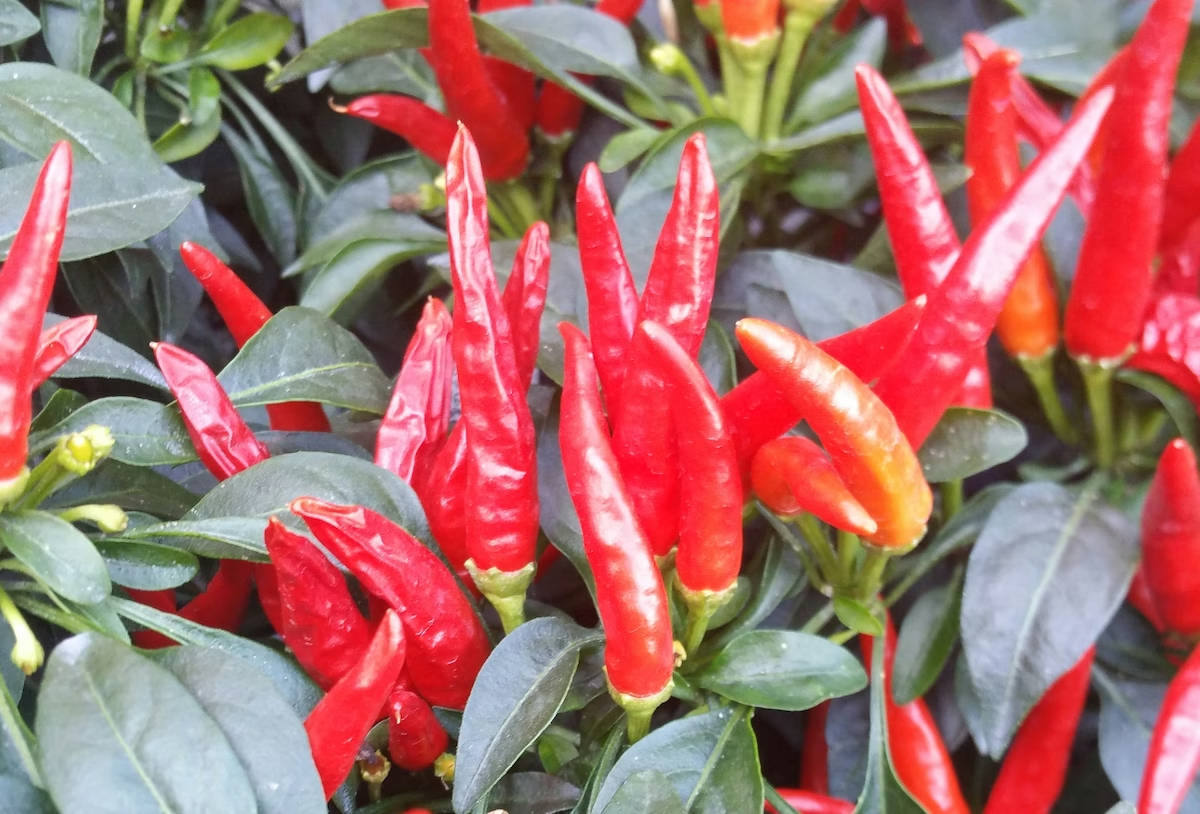Spinach
Spinacia oleracea
Spinach is a fast-growing, cool-season leafy green vegetable valued for its nutritious leaves, which can be eaten raw or cooked. It thrives in cool weather and fertile soil, but tends to bolt (go to seed) in response to heat and long daylight hours. Succession planting is recommended for a continuous harvest.

Quick Information
Planting Calendar
Growing Guide for
1 Sow Seeds Directly Outdoors
Direct sow seeds into cool, moist, fertile soil 1-2 cm (1/2 inch) deep. For spring crops, sow as soon as the soil can be worked (4-6 weeks before last frost). For autumn/winter crops, sow in late summer/early autumn (6-10 weeks before first frost). Sow seeds a few cm apart in rows.
2 Thin Seedlings
Once seedlings have 2-4 true leaves, thin them to stand about 10-15 cm (4-6 inches) apart to allow mature plants space to develop. Thinnings can be eaten.
3 Water Consistently
Maintain consistent soil moisture; spinach needs regular water for tender growth and to help prevent bolting. Provide about 2.5 cm (1 inch) of water per week if rain is insufficient. Water at the soil level.
4 Fertilize Lightly
Spinach is a heavy feeder, especially of nitrogen for leafy growth. Ensure soil is fertile with added compost before planting. Side-dress with a balanced liquid fertilizer or nitrogen-rich feed (like compost tea or fish emulsion) about 3-4 weeks after sowing if growth seems slow.
5 Control Weeds
Keep the spinach patch weed-free, as weeds compete for resources. Hand-pull weeds carefully or cultivate very shallowly due to spinach's shallow root system. Mulching is an effective weed suppressant.
6 Harvest Spinach Leaves
Begin harvesting outer leaves when they are large enough to use (typically 7-10 cm long), leaving the inner leaves and growing point to continue producing (cut-and-come-again). Alternatively, harvest the entire plant at once by cutting at the soil line. Start harvesting baby leaves around 30 days, mature leaves from 40-50 days.
7 Monitor for Bolting
Regularly check plants for signs of bolting (developing a central flower stalk), especially as days lengthen and temperatures rise. Bolting causes leaves to become smaller and more bitter.
8 Manage Pests
Watch for common spinach pests like aphids, slugs, snails, and leaf miners. Use appropriate organic controls as needed.
Explore More Plants

Tomato Fruit
Tomatoes are a warm-season favourite, prized for their juicy, flavourful fruits that elevate home cooking, fresh salads, and rich sauces. From tiny cherry tomatoes to huge beefsteaks, these versatile plants offer something for every gardener. Growing your own tomatoes gives the pleasure of harvesting sun-ripened, home-grown goodness straight from your garden, packed with taste you can’t find in the shops.

Chilli Pepper Fruit
Chilli peppers are the fiery fruits of the Capsicum family, known for their intense heat and use in various cuisines. They range in size, shape, and spiciness, adding a kick to dishes worldwide. They thrive in warm climates and require careful cultivation.

Sweet Pepper Fruit
Sweet peppers, also known as bell peppers, are a variety of Capsicum annuum prized for their large, mild-flavored fruits. They are used in a wide range of culinary applications, from salads and stir-fries to stuffed peppers and sauces. They require warm conditions and plenty of sunshine to thrive.